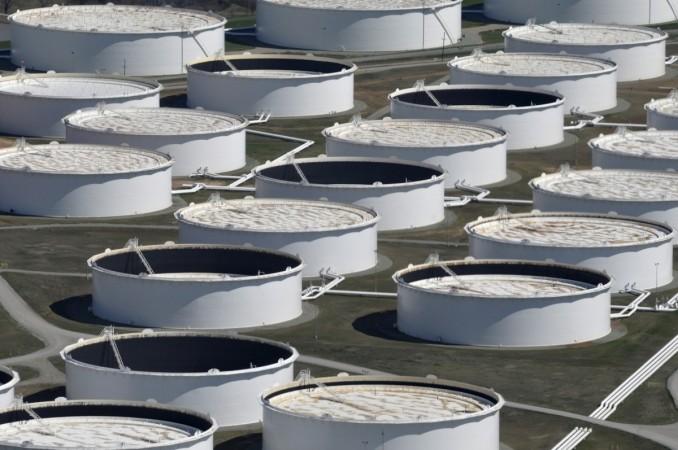
The Iran nuclear deal has been on the chopping block ever since Donald Trump came to power in the US. With a deadline for re-certifying the deal coming up there is more clarity around the future of the landmark 2015 deal: Trump will kill it.
Concerns for the deal's future heightened when the US Senate Foreign Relations Committes chair Bob Corker said Trump was would 'move away' from it. "The Iran deal will be another issue that's coming up in May, and right now it doesn't feel like it's going to be extended ... I think the president likely will move away from it, unless our European counterparts really come together on a framework. And it doesn't feel to me that they are..." Corker said, according to the Guardian.
The decision will have medium-term impact on global oil prices. If Trump decides not to recertify the deal US Congress will have to decide in the next two months if new sanctions have to be slapped on Iran. A re-introduction of sanctions against Iran will restrict its now booming crude exports, leaving a quick impact on prices.
A tough set of sanctions on Iran will wipe out around a million barrels of oil from international markets. This will worsen the supply deficit that will hit oil markets in the second half of the year, according to the International Energy Agency (IEA). The result will be a spike in oil prices.
Though the EU is not keen to follow US diktats on Iran nuke deal, Trump could successfully corner Iran by using the banking and insurance channels to scare away potential buyers of Iranian crude.
A different look
All said and done, higher crude prices is not Trump's goal, obviously. Instead, it may be interesting to look at the Trump gambit in a different way. By limiting Iranian crude flows, Trump could be aiming to kill more than just two birds with one stone. First, a scrapping of Iran nuclear deal will eventually help American ally Saudi Arabia. It will also help Trump's new, alleged, ally Russia. And then more substantially, such a move will eventually help the US oil shale producers stay in business. The fourth and more lasting result will be a long, very long phase of low crude prices that will last until the sunset of the fossil fuel model.
A putative Iran sanctions will choke the flow of at least a million barrels of crude a day into the international market. When sanctions were slapped on Iran in 2012, that much was the oil that disappeared from the markets. Iran, which has the fourth largest oil reserves, boosted its export in 2016 following the JCPOA agreement. The effect on prices was telling. Prices tanked to their 13-year lows.
The Joint Comprehensive Plan of Action, which is known as Iran nuclear deal, was agreed on in July 2015 by China, France, Russia, United Kingdom, United States and the European Union.
A continued bear cycle in crude forced Saudi Arabia-led OPEC to slash output to prop up prices. OPEC agreed to cut oil output by a million dollar per day in November 2016 and the output cut came into effect in 2017. Russia and other non-OPEC producers joined the move, pledging to cut an additional half a million barrels per day. This saved prices from a free fall throughout 2017 and prices are currently almost three times higher than their 2016 levels. At around $70 a barrel, crude prices barely match the ideal price range the OPEC producers are eying in order to meet their budget requirements. This is especially critical for a large producer like Saudi Arabia, which is going through political and social changes and challenges.
Supporting shale boom
A further rise in prices will invariably help Saudi Arabia as it tries to stabilise under a new leadership but the larger impact will be on the US shale producers. Saudi Arabia has been trying everything in its arsenal to throw the shale producers out of the market. They first tried a low price strategy but went for output cut when it flung in their face.
On the other hand, the US is expected to become the largest producer in the world in 2023. It will also become net oil exporter on the back of the shale boom. The US shale production began making an impact in 2015, after the markets saw crude at $100 in 2014. For the US shale industry to exist and thrive, the medium-term requirement is comparatively higher oil prices.
A sudden drop in crude prices will snuff out the shale boom. On the other hand, sustained higher prices is unacceptable for any US administration as the largest consumer in the world has never brooked the 'pain at the pump'. The coming of age of shale oil will insulate America against price scares for the foreseeable future.
Therefore, kicking Iran in the shins serves a bunch of purposes -- political mileage with ally Saudi Arabia, another shale boom cycle, and eventually good domestic economics.














